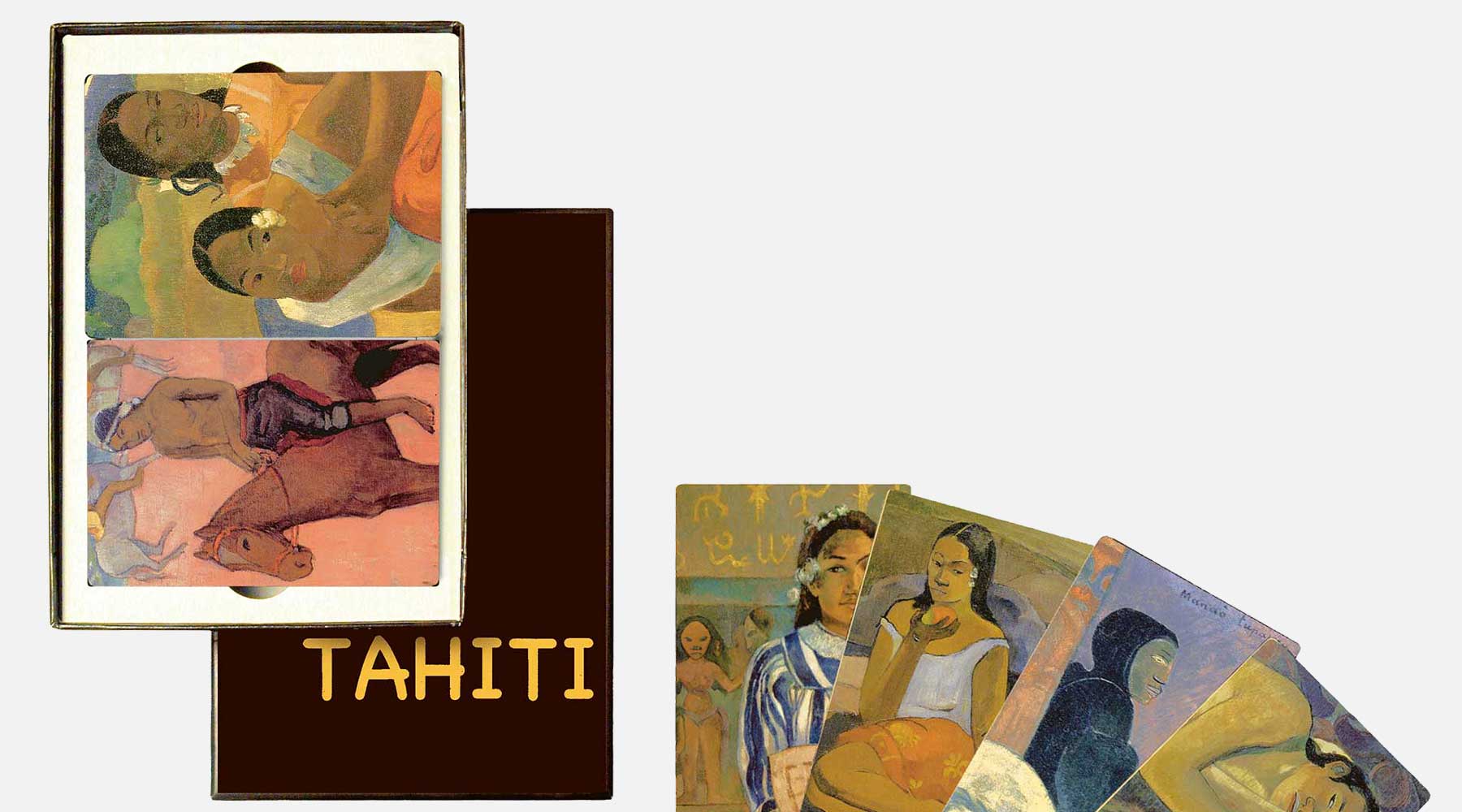
Paul Gauguin
The French artist Paul Gauguin was born in Paris in 1848. Impressionism – capturing images of daily life outside in natural light, rather than studio work on the historical themes of religion and mythology – strongly influenced his early career.
Gauguin went further, though, to develop synthetism, a style of painting that thematically combined impressions of nature and the inner perceptions of the artist. As had been done with respect to music, he attempted in his art to clarify natural laws, his regarding colouration.
He incorporated into his painting techniques of Pisarro and Cézanne. Working with both intrinsic and symbolic values of surface, line and colour, Gauguin was one of the vanguard artists who opened the way for expressionism and abstract painting.
Gauguin´s early adult life was a typical domestic one, but he left his family to devote himself fully to painting. He retreated to Brittany, where he painted his well-known works depicting the peasant milieu. An attempt at collaboration with Van Gogh failed due to irreconciliable perspectives.
As time went on, Gauguin depended less and less on form to express his concepts and increasingly more on colour. He reached the height of his colour intensity during the late period on Tahiti. He spent the years 1891-1892 there and returned later to the South Seas for a further six years of work, fulfilling his dream of a tropical studio surrounded by the lushness of an exotic vegetation and culture.
Gauguin´s final two years, characterised by sickness, poverty and despair, were spent in the Marquesas, a neighbouring group of islands to Tahiti, where he died in 1903. The rich and intensely coloured paintings he left the world depict nothing of the personal life that held so much suffering but rather of the artist´s declaration of beauty and joyous harmony.